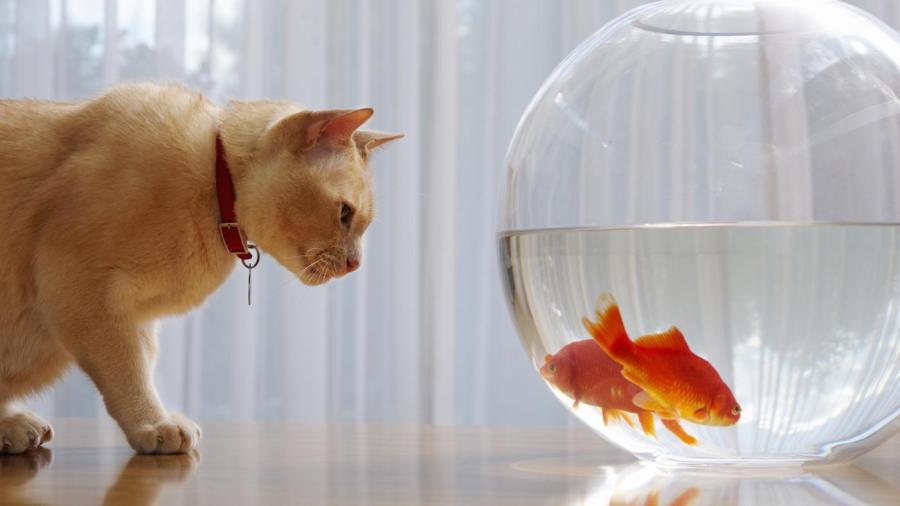Why Do Goldfish Sink to the Bottom of the Tank?

Goldfish that sink to the bottom of the tank often suffer from disorders in the swim bladder, where digestive gases are exchanged. Swim bladder malfunctions affect buoyancy. Several factors impact the swim bladder, including infection, tank depth and width or outside environmental influences. If buoyancy issues continue for a period of time, the fish is unable to feed or reach surface water.
A distended stomach is the major cause of swim bladder problems. Certain goldfish foods, such as freeze-dried and flakes, enlarge in the stomach or intestine. Eating too fast, eating too much or gulping air contribute to bloating and constipation. Intestinal metabolism slows when the tank water temperature falls below 80 F, further contributing to bladder swelling. As a result, stomach pressure on the swim bladder curtails its normal functioning.
According to Goldfish-Emergency 911+Rescue, in a natural environment, goldfish normally feed and rest on the bottom of a pond where vegetation is plentiful. Goldfish are forced to eat small amounts of available food frequently. When goldfish are aquarium dwellers, they thrive on smaller, frequent and consistent meal times, which discourage eating disorders.
Goldfish2Care4 suggests that loud noise disturbances, such as slamming doors or shouting, contribute to stress that also disrupts healthy eating and digestion in goldfish.





